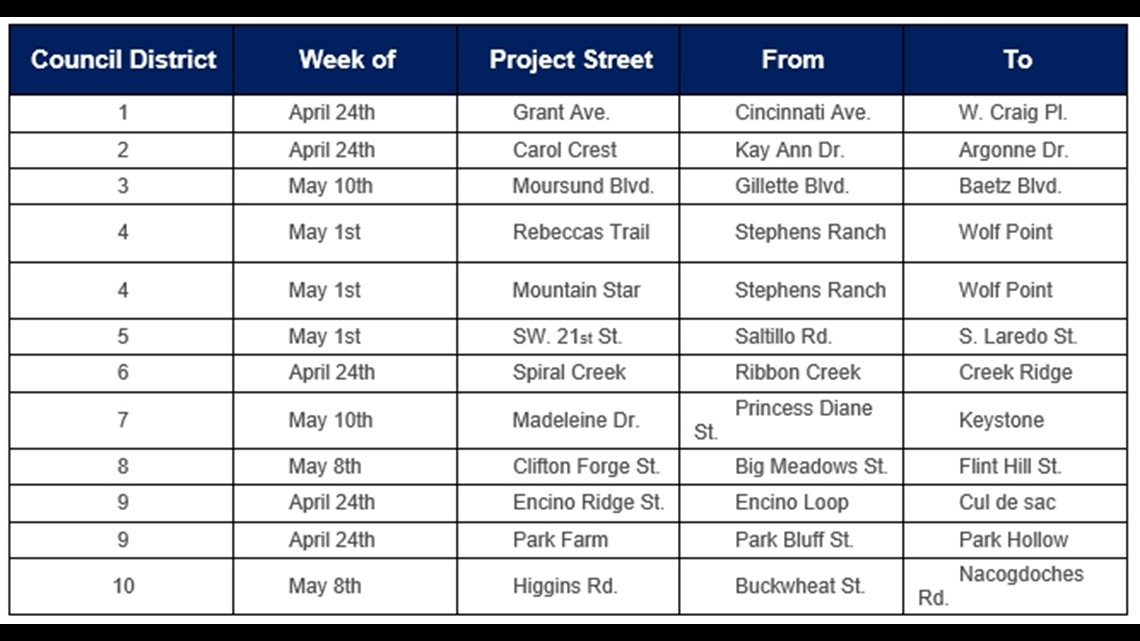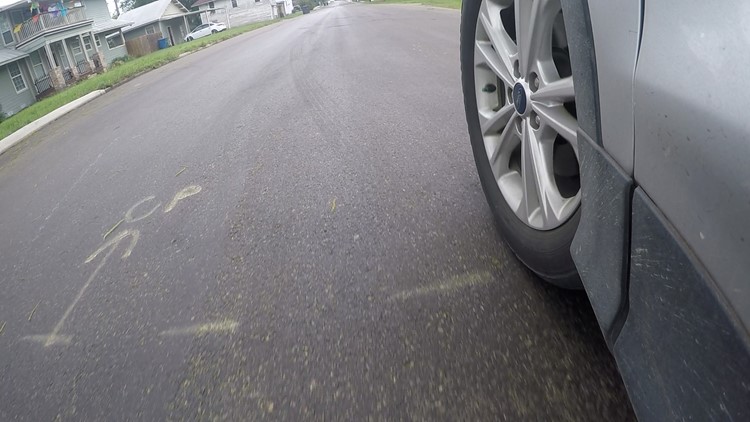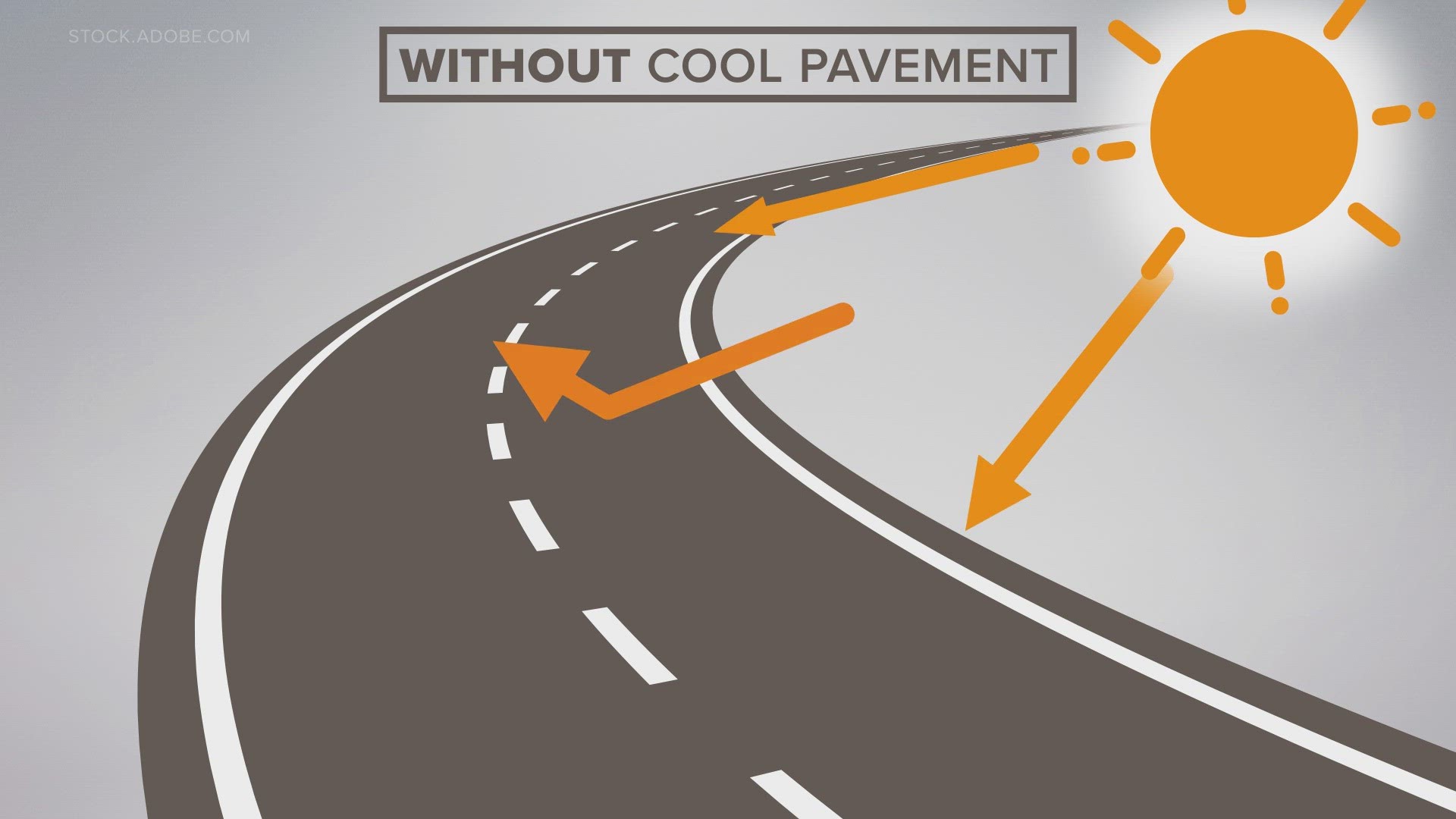SAN ANTONIO — San Antonio is taking another step to tackle climate change by using cool pavement for its streets.
As part of the Cool Pavement Pilot Program, the city will be testing different cool pavement products to see which ones are best at reflecting more sunlight and absorbing less heat.
Although there are 100 different projects that could apply, City Council members narrowed the list down to the 12 in the pilot program.
According to Murray Myers, senior sustainability manager for the city, equity plays a major role in the effort.
"Which neighborhoods are impacted by heat the most? Which areas in San Antonio were the hottest, and which streets have the lower pavement conditions?” said Myers, adding those were all factors in determining the pilot program locations.
Work already began on roadways including a stretch from Cincinnati Avenue to West Craig Place on the north side, but a dozen projects will be taking place in all council districts. The project list can be found below.


“You have to use cool pavement, trees, green spaces, cool roofs. And in combination, we're hoping to see great benefits for neighborhoods,” said Myers, adding the cool pavement will protect the asphalt and does a great job of reflecting the heat into the atmosphere. “(What) we hope to see from this pilot is a difference of surface temperature of about 10 to 15 degrees."
Myers says in other cities like Los Angeles and Phoenix, temperature decrease on roads mean ambient temperature is reduced by two degrees.
Residents like Alfonso Robles, who recently moved in along Grant Avenue, noticed the work that took place early this week.
“I think it’s great if it’s going to help out and if it’s environmentally friendly,” Robles said.
The city says all of the products that will be used are safe and will be studied over the next six months by UTSA professors.
“They will determine if the products are effective at mitigating heat and also hold up to the city’s traffic,” Myers said.
The professors will also be examining surface temperature, air temperature, wet bulb temperature and reflective radiant heat. This all contributes to an urban heat-island effect in major cities.
“They can impact asthma rates, heat stress, heat stroke, cases of heat-related illnesses, which is why it’s really important the city look at all the tools to mitigate heat and lower temperatures,” Myers said.
The pilot program is still in its first phase. But Myers says the city is looking at what could happen if cool pavement is introduced into larger parking lots like the Alamodome.
The program will cost an estimated $1 million and is funded by the city’s Resiliency, Energy Efficiency and Sustainability Program Fund, according to a release.
>TRENDING ON KENS 5 YOUTUBE:




